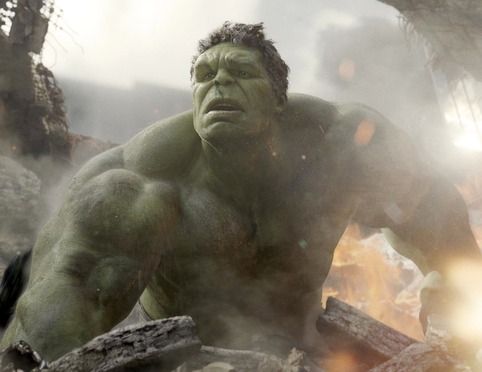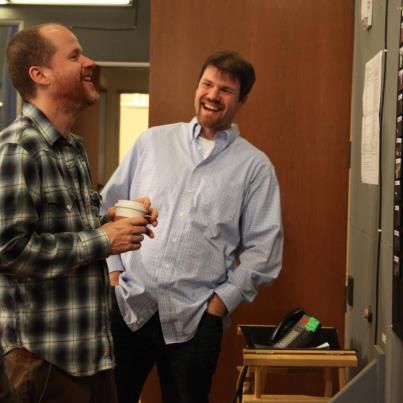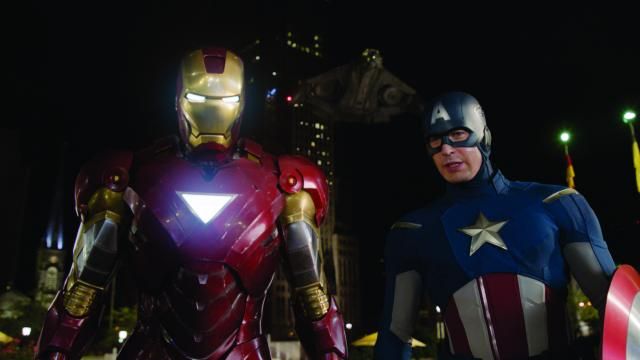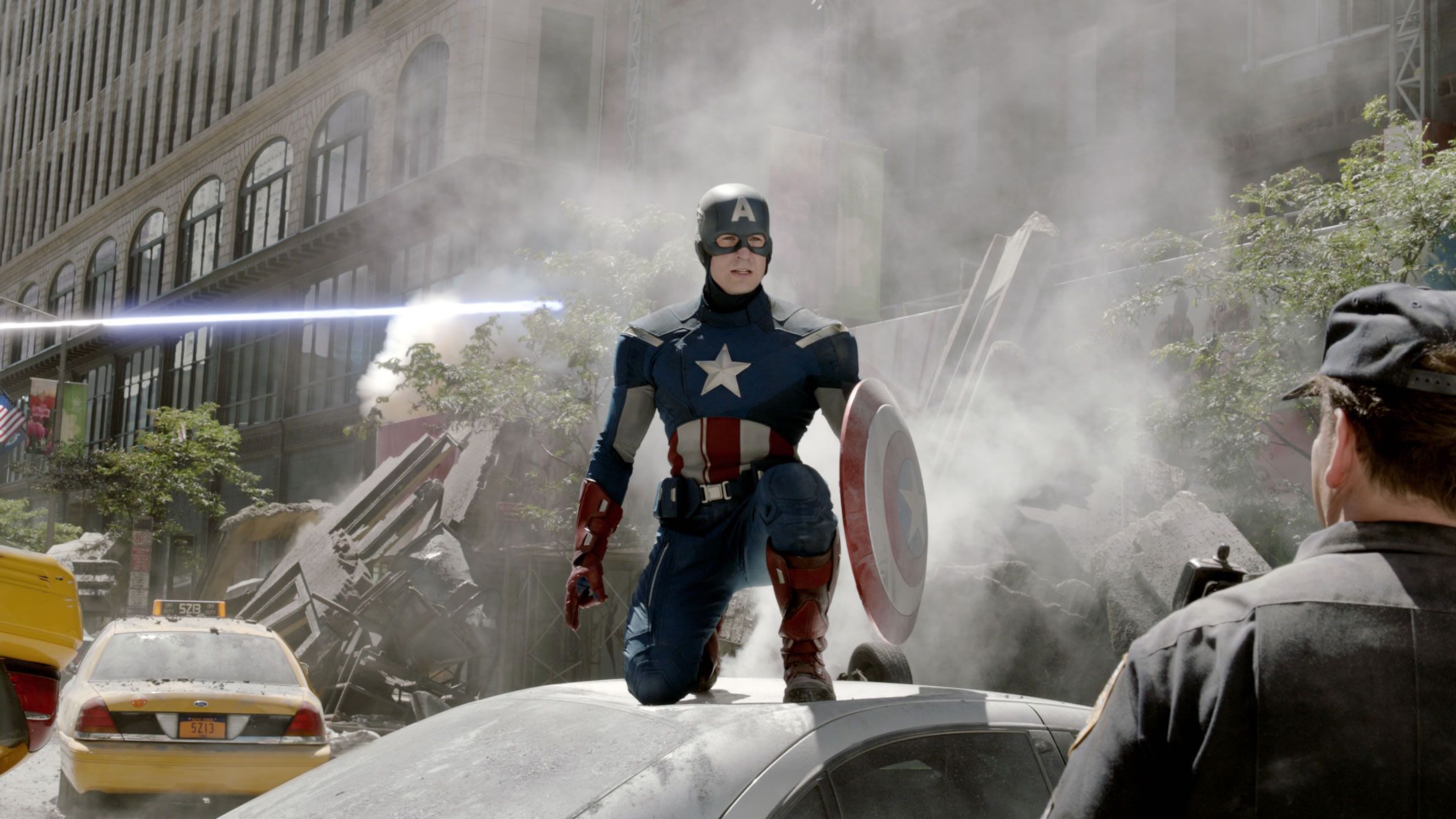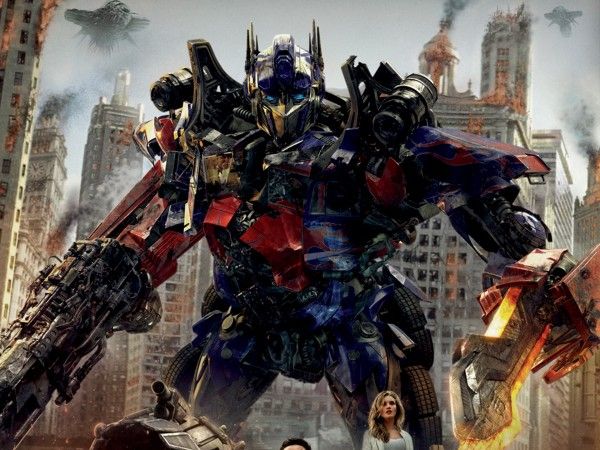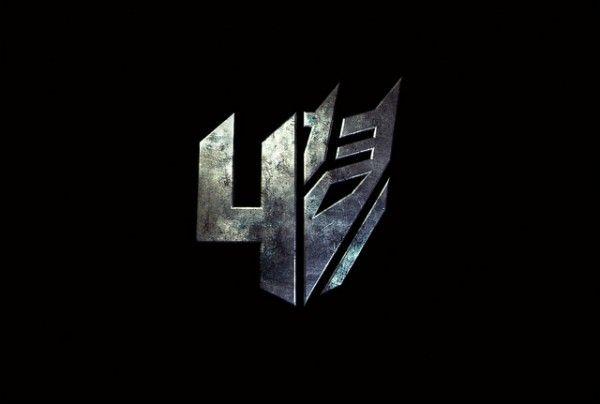As part of the team nominated for Best Visual Effects at this year’s Academy Awards, Jeff White was the Visual Effects Supervisor at ILM on Marvel’s The Avengers, having worked on a little over 700 shots in the film. After working as a Creature Technical Director on such films as Pirates of the Caribbean: Dead Man’s Chest, Star Wars: Episode III - Revenge of the Sith and Lemony Snicket’s: A Series of Unfortunate Events, White served as Digital Production Supervisor on Transformers, and then was elevated to Association Visual Effects Supervisor on the subsequent sequels Revenge of the Fallen and Dark of the Moon.
During this recent exclusive interview with Collider, Jeff White talked about how incredible the Oscar recognition is, which sequences ILM was involved with, collaborating with director Joss Whedon and Marvel, how he ended up working at ILM, and the shots that he’s most proud of pulling off. He also talked about starting pre-production on Transformers 4, which he says has some really exciting stuff in it, his hopes to be involved with The Avengers 2, and what it’s been like to be involved with Transformers: The Ride, which is at Universal Studios Hollywood. Check out what he had to say after the jump.
Collider: Congratulations on the Oscar nomination for visual effects!
JEFF WHITE: It’s pretty incredible! We were really ecstatic. It’s also nice because so many artists pour their hearts into these projects, and you always want their work to be recognized. With visual effects especially, a nomination is really a nomination for 300 people and their efforts.
And if you’re doing your job right, people aren’t supposed to notice where the effects are.
WHITE: Exactly! This is one of those films, too, where while there’s plenty of effects that you know are CG effects, like the aliens or The Hulk, we really wanted New York to be completely invisible and for people not to realize that most of the film was shot on a green screen in New Mexico, rather than New York City. The fact that people are talking about The Hulk and not really mentioning New York is great ‘cause that means it worked, as far as pulling off that trick.
What exactly did your job on the film entail?
WHITE: My job was visual effects supervisor for ILM. I think there were actually 13 facilities that worked on the film, which is amazing. There are 2,200 effects shots, and we did a little over 700 on the film. In the sequences that we had, we had a lot of variety. We built the Helicarrier, we built Stark Tower, we built the aliens and did their whole attack on New York, along with the Leviathans flying around the city, and we built digital versions of all the Avengers, even Captain America, for when we needed a digital double. So, it was just an amazing amount of variety, of the type of work we had to do on the film. With a lot of effects projects, you have one big problem to solve. This one felt like every new sequence was a new problem to solve.
Was this project simultaneously one of the most exciting jobs you’ve done, as well as being something you dreaded because there was so much to it?
WHITE: Yeah. There’s always the low point in the valley, where there’s a lot of shots left and time is running out. Luckily, on this project, working with Joss [Whedon] and working with Marvel, everyone is really in it together. If we can do our best, it ends up making a better movie, and they were very collaborative, in terms of how to actually go about solving these problems.
How did you end up at ILM? Was that somewhere you had always wanted to work?
WHITE: It definitely was. I always wanted to get into visual effects. I really loved it as a kid. Certainly, ILM was the name in visual effects. Most of the time, when I was growing up, there was no Weta. There were very few companies doing high-end visual effects. I ended up going to film school and minoring in computer science, which was actually a nice combination for getting into the industry. You get a solid film background, but know enough about programming to do the work. And I started as a Character Technical Director, which is somebody that actually sets up armatures and skeletons and muscles, and stuff. Many years later, that ended up being very useful on The Hulk, as we were getting into that and figuring out what the process was. But, it was very random, in a way.
I was at graduate school and they had two people come from the industry, one was from Digital Domain and one was from ILM. They took the graduate students and randomly split us in half, and I got put in the ILM group where I talked to the representative of ILM, who said to keep in touch. And then, I went and worked at Will Vinton Studios in Portland, which is now Laika, who are also nominated this year for ParaNorman. I spent two years there, but kept in touch with ILM, and they said, “Oh, we’re doing this big film,” and that’s how I ended up there. They asked me if I wanted to be a lighting person or a character person, and I said, “Probably lighting.” They said, “Well, we’re only hiring character people right now,” so I said, “Sounds good!” The level of work that ILM does requires expertise in different disciplines. It’s been a great place to work and there’s a lot of opportunity for just getting to do different types of work. That’s what I’ve always really enjoyed about it.
How much of a collaborative process was this project? Does everybody have to coordinate, in order for everything to work?
WHITE: The way that it typically works at ILM is that we have a crew of artists that are working on the shots and production scheduling, and everything. Every morning, you come in and review all the latest work, and either give feedback to the artists or you have feedback that came from the previous review with the client. And on top of that, three or four times a week, we were talking with Joss [Whedon] and the producers at Marvel, showing them shots and getting feedback on what they wanted. It’s a three-ring circus, trying to manage the progression of shots and if they look good and figuring out what needs to be done. You start with a blank piece of paper, in a way. We were really lucky, though, to be working with Joss on this film. It’s a pretty huge thing for a director to help 2,200 visual effects shots. He had a great team with him in Marvel, but I give him tons of credit, in terms of pulling it off, helping guide us, giving us great feedback and being really decisive about having a vision for the work that he was putting together.
Each of the Marvel movies are so huge, just focusing on one character apiece, and I don’t think anyone was 100% sure that The Avengers really could get pulled off successfully. Is it exciting to see it all come together and know that now it’s moving toward another one?
WHITE: Yeah. The thing is that we work on 700 shots, so we don’t see the full film sometimes, until it comes out in theaters. To go to the theater and watch this with a regular audience was such a great experience.
Were there specific effects or shots that were most challenging and that you were most proud of the final result of?
WHITE: I think we knew that we were in for a healthy round of criticism, if we didn’t get The Hulk right. Certainly, the critics on the internet would not hold back, in letting us know if we didn’t do it right. So, that was the thing that was most daunting, going in, but I’m really proud of the work that the entire team did. It’s a really difficult thing to create a believable digital human that’s larger than a regular person and green, and still feel like they’re standing right next to Captain America or Black Widow. There were a lot of choices, along the way, that really helped us, like integrating Mark Ruffalo into the design and having him provide a performance. He’s not from a motion capture background. He’s done a lot of independent films and he’s just a great actor, and he did a great performance for Banner. Technology has gotten to the point now where you don’t have to be a motion capture actor to pull this off. He was able to come in and give us some great performances. Even from what he gave us, the animators do so much work to get it over the finish line.
Where do you go from here? What are you working on next?
WHITE: I’m starting pre-production on Transformers 4, which has some really exciting stuff in it. And then, we’ll see what the future holds. Certainly, if the opportunity came to work on the next Avengers, I’d definitely jump at it.
When you work on sequels, do you always get nervous about topping the last film?
WHITE: We worked so hard to get to where we were on The Avengers 1. Now, we’ve got this basis built for The Hulk and we learned a lot, along the way. We’re actually really excited about all the things that we could push forward on, in the future. It is always fun that, with the Marvel projects, everyone seems to want to one-up one another. With Iron Man, he already had two great ways of putting the suit on and taking it off, but for The Avengers, Joss came up with two entirely new ways that were even cooler. That’s certainly part of any sequel. It’s gotta be bigger and better. But, the great thing about Joss is that it won’t just be a bigger film to be bigger. He’ll really dive deeper into the characters. That’s what’s so fun about working with him.
Does it feel the same way with Transformers?
WHITE: Oh, yeah! We thought Transformers 1 was the hardest thing we’d ever done, and then we did Transformers 2. And then, Transformers 3 came and Michael [Bay] came up with this sequence where the building is falling over and they’re inside of it. He said he came up with it while he was doing stomach crunches. But, it’s great! We don’t want to do the work that we’ve done before. We love trying to figure out the problems and create imagery that people haven’t seen before.
You also did that with Transformers: The Ride.
WHITE: Yeah, it’s really fun! I just went on it about a month ago, now that it’s opened in Los Angeles, and it’s nice ‘cause I finally had had a little separation from it. It ended up being about a two-year process to create it. To then go on it with people who had never been involved, everybody screams at the same place. It was a lot of fun. Typically, you’ve got a movie theater screen and, even if it’s 3D, you’re bound by a frame. All of a sudden, we had no borders, so we could do a lot of fun things in 3D with that. The beauty of it is that you sit in a car with 11 other people and you get that immediate feedback. It’s funny, they took us up in the rafters and it’s literally like the car drives in, everybody screams, and then the car drives out, every time. It’s cool to see that it has the desired effect.

